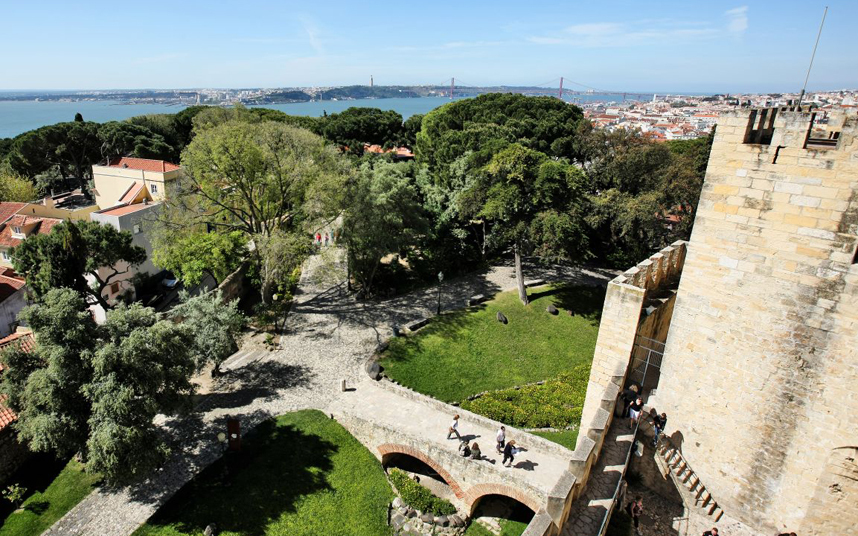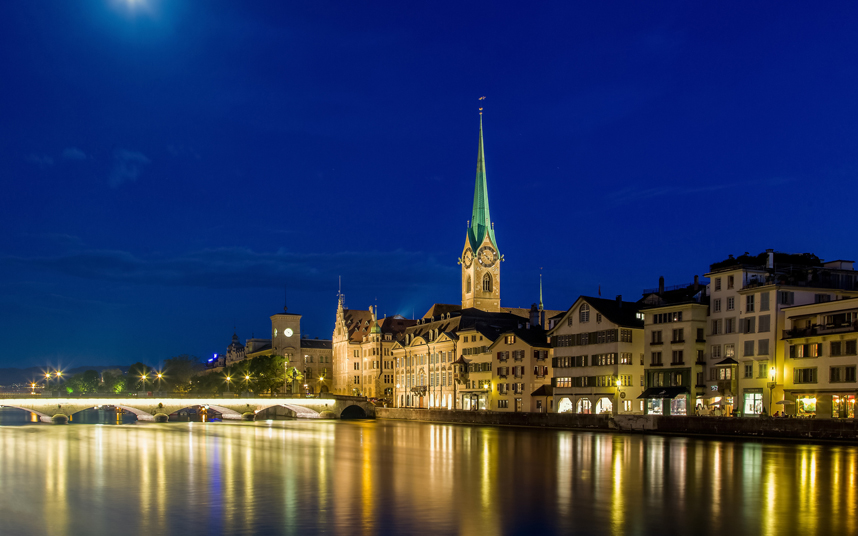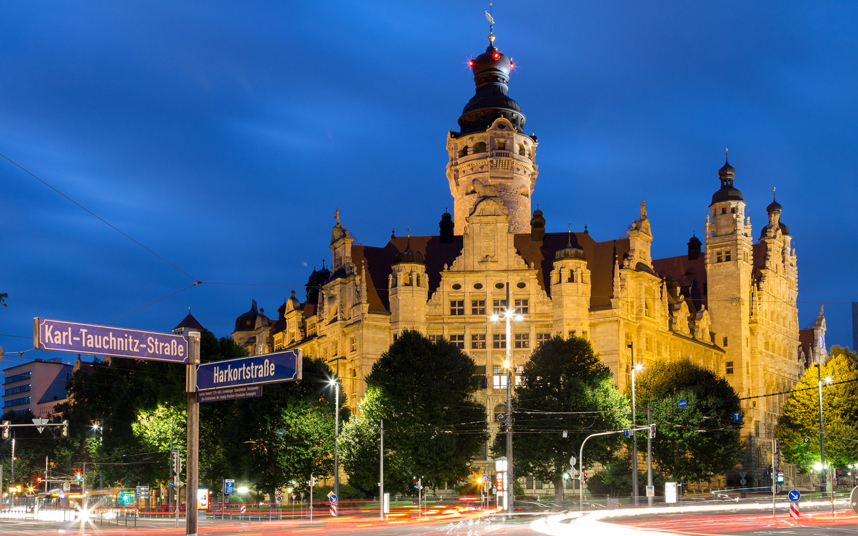It has long been one of the more intriguing – and budget-conscious – ways to travel across our home continent. There is something endlessly romantic about the idea of an Interrail journey – buying a train pass which allows you access to much of Europe, and setting off on a journey which might take you from Amsterdam to Zagreb via Paris, Rome or Berlin.
Specifically, an Interrail pass allows travellers (of all ages) to roll along 30 of Europe’s national rail systems. Which makes for a lot of track, a lot of miles – and a lot of choice.
Each of the 15 cities can make a convincing claim on a weekend of your time. And in the meantime, they all make for photogenic viewing…
Antwerp (Belgium)

Perched in the far north of Belgium, almost on the Dutch border, Antwerp is a city framed by water, sitting at the point where the River Scheldt hits the North Sea. Lesser known than Brussels, it nevertheless has much to please the intrepid traveller (visitantwerpen.be).
From our partners:
Leading attraction: The Zurenborg district, to the south-east of the centre, is awash with Art Nouveau townhouses which date to the quarter’s development in the late 19th century.
York (UK)

One of the great historic cities of England – a sturdy dot on the map of the north which was founded by the Romans, as Eboracum, in 71AD, and heavily expanded by the Vikings once it had fallen to the Norse warriors in 866. Also known for its tea shops (visityork.org).
Leading attraction: York Minster (yorkminster.org), one of Europe’s best cathedrals – a Gothic jewel (above), largely dating to the 12th century, alive with medieval stained glass.
Lisbon (Portugal)

Portugal’s alluring capital is proof that flat terrain is not necessarily the best basis for building a city. It stretches across seven hills on the north bank of the River Tagus – and the steepness of some of its cobbled streets only adds to its charm (visitlisboa.com).
Leading attraction: The Bairro Alto – ‘High Town’ – is one of Europe’s liveliest nightlife zones, with bars and eateries galore dotting the narrow likes of Rua da Atalaia.
Zurich (Switzerland)

One of Europe’s less appreciated destinations (zuerich.com), Switzerland’s largest city is often (unfairly) dismissed as a tiresomely drab enclave of banks and boredom – when it, in fact, sits very prettily at the north-western tip of the wonderful Lake Zurich.
Leading attraction: Kunsthaus Zurich (kunsthaus.ch) is a fine art gallery boasting a wealth of European art over several centuries, featuring artists from Monet through to Munch.

Rotterdam (Netherlands)

Often trapped in the shadow of big brother Amsterdam, Holland’s great southern port (en.rotterdam.info) is more than a set of docks where the Rhine-Meuse-Scheldt estuary meets the sea. Here is a surprisingly young city with a big university population.
Leading attraction: The Erasmusbrug is the sort of bridge which calls out to every camera – sleek and elegant, with a central white mast that climbs to 139 metres (456ft).
Ljubljana (Slovenia)

Slovenia’s capital (visitljubljana.com) is one of Europe’s tiniest, a city that seems to be squished into a few blocks on the lip of the River Ljubljanica – but which, on closer inspection, reveals itself as a maze of pretty buildings, orange rooftops and dreamy cafes.
Leading attraction: The Tivoli City Park is the largest open space in this compact city – a wide patch of green just north of the centre, happily dotted with artworks and fountains.
Bologna (Italy)

One of the gems of northern Italy (bolognawelcome.com), the capital of Emilia-Romagna can boast the world’s oldest university, a noble institution which dates to 1088.
Leading attraction: The Basilica of San Petronio (basilicadisanpetronio.it), a behemoth of a church – 132 metres long, 66 metres wide (above left) – so big that it took almost six centuries to complete (1390-1954). Even now, its main façade, which looks onto Piazza Maggiore, is unfinished, its lower half adorned with bas-relief panels, while the rest is bare brick.
Leipzig (Germany)

One of Europe’s lesser known cities, tucked into Saxony, Leipzig (leipzig.travel) was revealed as offering the highest quality of life in Germany by a 2013 survey. Full of ornate architecture, its core is home to renaissance merchant houses from the 16th century.
Leading attraction: The Gewandhaus (gewandhaus.de) – home to the Leipzig Gewandhaus Orchestra, and to fine acoustics. This third version of the city’s concert hall opened in 1981 – a striking slice of Eastern Bloc architecture that is also oddly likeable.
Heidelberg (Germany)

Germany at its most picturesque, a small town with a glorious Baroque centre (heidelberg-marketing.com) tied to the banks of the River Neckar in Baden-Wurttemberg.
Leading attraction: Heidelberg Castle (schloss-heidelberg.de) – a semi-ruined stately pile, perched 80 metres (260ft) up the side of Konigstuhl hill, which has an unfortunate back story. It has been severely damaged by lightning twice – and never fully restored.

Porto (Portugal)

Lisbon’s big rival (visitporto.travel) can match the Portuguese capital for scenery. Famed for its fortified wine, it also revels in its splendid setting on the north bank of the River Douro. The south bank is occupied by another city entirely – Vila Nova de Gaia.
Leading attraction: The Dom Luis I Bridge (above), a 172-metre metal arch, built between 1881 and 1886, which connects Porto and Vila Nova de Gaia in dramatic fashion – not least thanks to the pedestrian walkway which offers epic views from the upper tier.
Zagreb (Croatia)

Croatia’s capital (zagreb-touristinfo.hr) is often overshadowed by its (admittedly prettier) regional rival Dubrovnik – but revels in squares, cafes, churches and theatres.
Leading attraction: The Museum of Contemporary Art (msu-hr) is a thoroughly up-to-the-minute institution – a stylish pile of steel and glass, set up in the Nove Zagreb (‘New Zagreb’) portion of town, and home to over 12,000 exhibits by modern Croatian artists.
Oslo (Norway)

Once a doughty port, the Norwegian capital (visitoslo.com) preens in increasingly gentrified manner at the north tip of the Oslofjord – showing off its new refinement in its waterside opera house (operaen.no) and the trendy eateries in Gronland and Grunerlokka.
Leading attraction: Vigelandsparken (above; vigeland.museum.no), an astonishing cluster of sculptures – the human form twisted into a raft of strange and wild shapes by the sculptor Gustav Vigeland in the Forties – north-west of the city centre in the Frognerpark.
Valencia (Spain)

The third biggest city in Spain, but the equal of Madrid and Barcelona in terms of food and culture. In fact, Valencia (visitvalencia.com) can trump the Spanish capital on one notable score – its coastal location, and the lovely sands of Playa la Malvarrosa.
Leading attraction: The City of Arts and Sciences (Ciudad de las Artes y las Ciencias; cac.es) – a staggering pocket of skeletal white structures (above), crafted by Spanish architect Santiago Calatrava, which houses a planetarium, an opera house and an aquarium.
Thessaloniki (Greece)

Greece’s second city (thessaloniki.gr) is a place of good looks, laying out its wares at the Thermaic Gulf at the edge of the Aegean – with seafront sparkle framing it to the south, and the giant crag of Mount Olympus rising to the north.
Leading attraction: The waterfront drag of Nikis Avenue, which is festooned with bars and cafes, and crowned by the Byzantine White Tower, with its eight centuries of history.
Graz (Austria)

Austria’s second largest city (graztourismus.at) has an unexpected Mediterranean vibe which plays out in its plazas and café – the River Mur flowing slowly through the heart of the town; Schlossberg hill rearing above the centre as an elevated urban park.
Leading attraction: Kunsthaus Graz (museum-joanneum.at), a modern art gallery known as the ‘Friendly Alien’ thanks to its otherworldly shape (above) – which proves its affection for the city by ‘singing’ to it on a daily basis through a soundscape installation.
This feature originally appeared in Telegraph.
















